What Does Graft Mean?
The graft is a tissue (skin, hair, or organ) that does not have its blood circulation, which is moved from one place to another in surgical operations. The process of taking this tissue from one place and transplanting it to another is called grafting. "GRAFT", which is one of the most widely used concepts in hair transplant, is one of the most important elements of the hair transplant.
It usually includes one or more hair follicles and it consists of several different elements such as hair shaft, bulge, dermal papilla, etc. In this article, we will try to explain the characteristics of the hair, hair follicle, outer root sheath, and the tissues that are attached to the graft used in hair transplant.
Parts and Structure of Hair
Our hair has various parts ranging from the Epidermis (Upper Skin) layer to the Dermis (Skin) and Hypodermis (Lower Skin) layers.
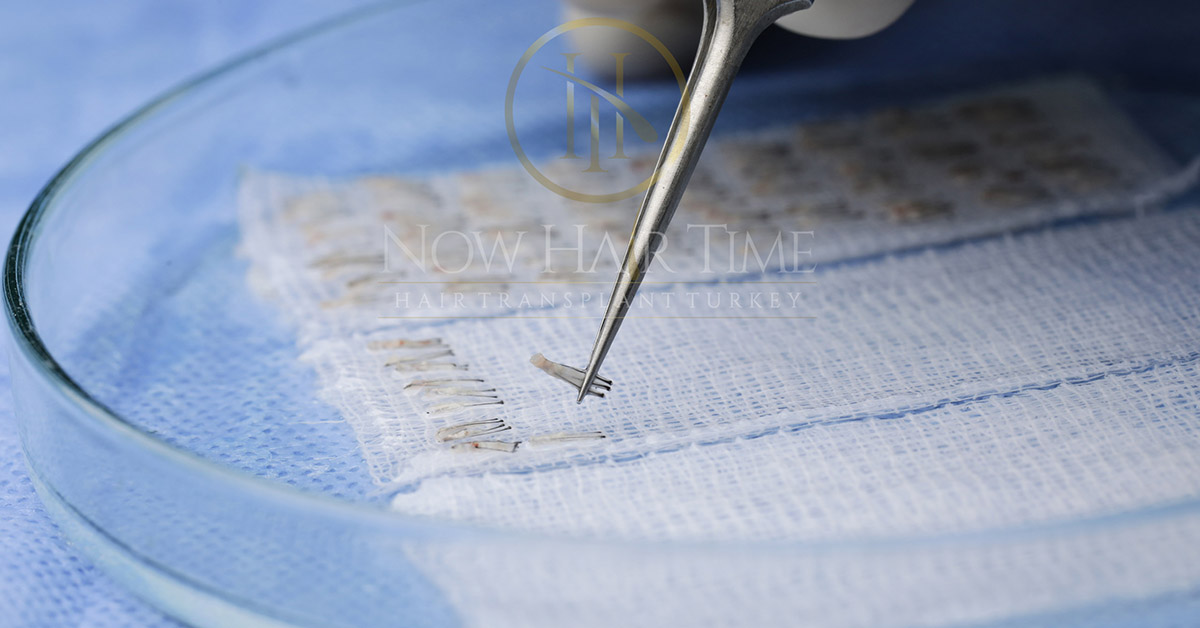 The part of the hair we see not only contributes to our aesthetic appearance but also helps protect our skin from external factors such as hot, cold, and harmful ultraviolet rays. The invisible parts of our hair are under the skin (subcutaneous). The hair follicle, outer root sheath, and various cell masses that color and nourish them, sebaceous gland cells, and erector muscle masses that are responsible for changing the direction of the hair are located here. There can be one or more hair follicles in an outer sheath.
The part of the hair we see not only contributes to our aesthetic appearance but also helps protect our skin from external factors such as hot, cold, and harmful ultraviolet rays. The invisible parts of our hair are under the skin (subcutaneous). The hair follicle, outer root sheath, and various cell masses that color and nourish them, sebaceous gland cells, and erector muscle masses that are responsible for changing the direction of the hair are located here. There can be one or more hair follicles in an outer sheath.
Life Cycle of Hair
The keratin part of this structure that we see and grow is not alive. However, it also has a life cycle of growth, elongation, and shedding. As new material is added to the tissue by the root, our hair becomes longer and thicker. The secretion called SEBUM, produced by sebaceous gland cells in our skin prevents this keratin tissue from drying out and nourishes it and makes it look vivid and healthy.
Not all hairs form and grow at the same time. The times of formation and growth are different for each hair. Therefore, while some hair is newly formed at the same time, some may be in the growth process, and some may be weakened and fall out. In this process, the health of the skin and the elements that form the hair structure ensure that the number of hair remains mostly the same and looks beautiful. Due to various problems that may occur in this system, our hair cannot be fed with enough keratin tissue, first hair becomes thinner and then falls out in a shorter time than usual. Rapid hair loss that will occur in this way causes problems leading to thinning hair and baldness.
Graft Selection in Hair Transplant
Hair analysis to be performed by specialists helps to understand both the structure of your scalp and your hair. This process, which is performed using special devices, determines how many grafts you need for a hair transplant and the number of sessions to be performed. The number of grafts that can be harvested depending on the quality and density of the hair in the donor area will also be learned through this procedure. Each graft may contain one or more keratinized hair tissue. Selection of grafts with double, triple, and quadruple hair follicles determined in this way will provide a denser hair mass with fewer grafts at the end of the hair transplant operation.
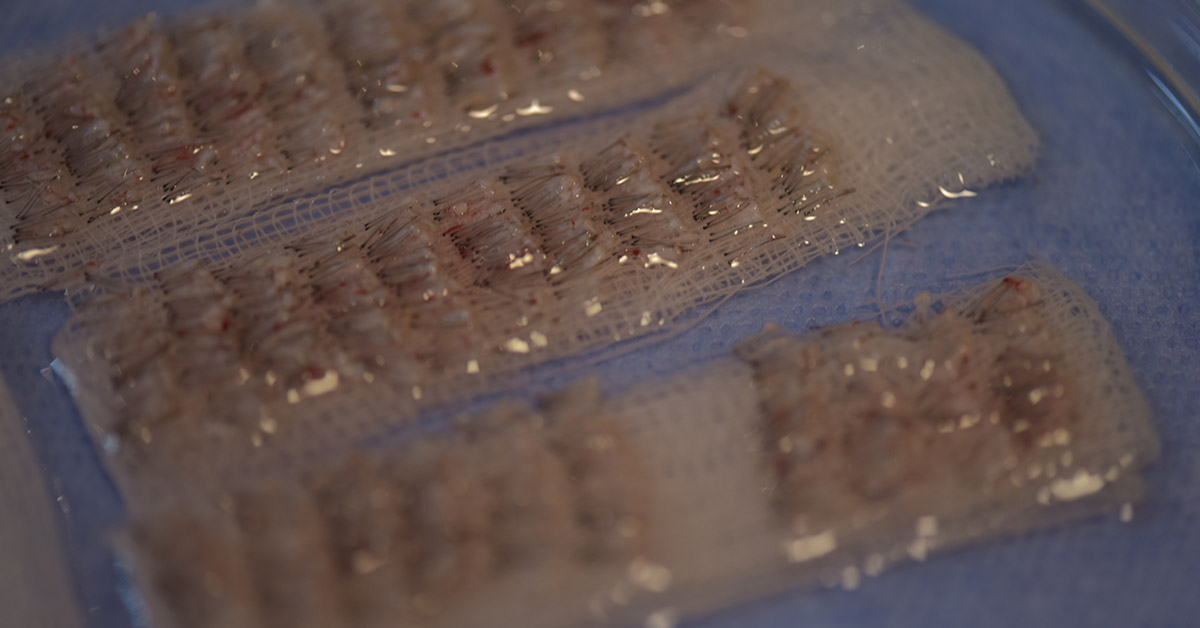 The number of grafts to be taken at a time varies between 3,000 and 4,000 depending on the person. There are usually 70 - 80 follicular units (FU) per square centimeter in the donor area, and a maximum of 15 - 20 follicular units (FU) can be harvested from each square centimeter area. Since there may be more than one hair follicle in each graft, 4,000 grafts are 9,000 - 16,000 hair follicles.
The number of grafts to be taken at a time varies between 3,000 and 4,000 depending on the person. There are usually 70 - 80 follicular units (FU) per square centimeter in the donor area, and a maximum of 15 - 20 follicular units (FU) can be harvested from each square centimeter area. Since there may be more than one hair follicle in each graft, 4,000 grafts are 9,000 - 16,000 hair follicles.
Removal of Grafts
In the FUT (Follicular unit transplant) method, the graft extraction procedure is more difficult than the FUE method and may differ in terms of the number of grafts to be taken. The FUE method, which is the most preferred method today, allows the grafts to be taken from the donor area more easily and in a short time. In addition, recovery in the donor area after the procedure is rapid and there are no scars formed after operation in the FUE method unlike it is seen in the FUT method. This advantage also offers the person the opportunity to use a short hairstyle after a hair transplant.
Counting and Preparation of Grafts
In the FUE technique, the hair in the area to be harvested and transplanted is cut short. In this way, the length of the graft which consists of the outer root sheath and hair follicles can be 4 - 5 mm. Depending on the size and number of grafts and the direction of hair growth, individual holes should be prepared in the transplant area. Since this is a time-consuming procedure, it is necessary to prepare a suitable environment for the storage of the extracted grafts. The grafts, which are carefully and individually removed by a specialist and medical team, are kept in special solutions on gauze in glass or cage-shaped containers specially developed for this process. This procedure prevents drying and deterioration of the grafts until the preparation of the recipient area.
During the procedure, while the grafts are removed from the donor area (harvesting), counting and classification are performed. Grafts can have single, double, or triple roots within the same follicle. The grafts are classified according to the number of hair follicles they contain and are arranged in special containers and prepared for transplant. The number of grafts in each container is determined. Thus, it is understood how many grafts will be transplanted and how many are left during the procedure.
Placement of Grafts
According to the diameter and length of the grafts taken, micro-incisions of similar depth in the area to be transplanted are prepared smoothly along the naturally determined hairline on the front. To ensure the natural appearance of the hair, single grafts are placed in the pre-determined and prepared hairline. In other parts, grafts containing multiple roots are placed to provide fullness. This process takes 4-6 hours depending on the case. As a result, the grafts that are properly and carefully selected, removed, and placed with the aforementioned methods will help you gain a natural hair texture over time.






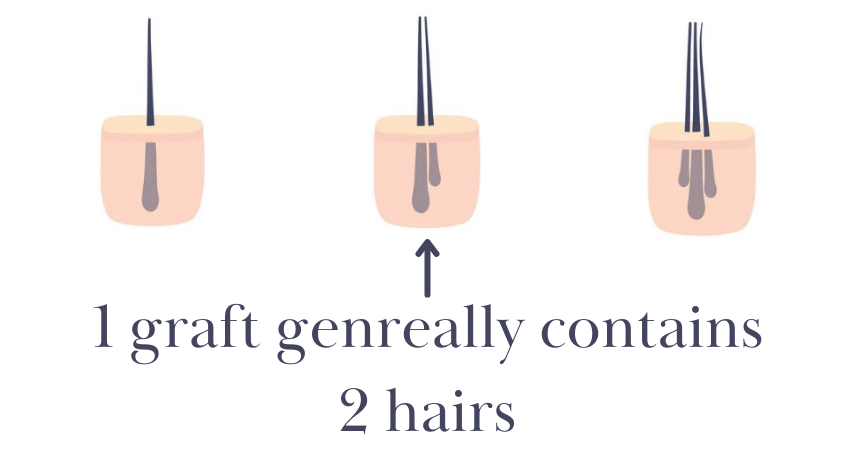
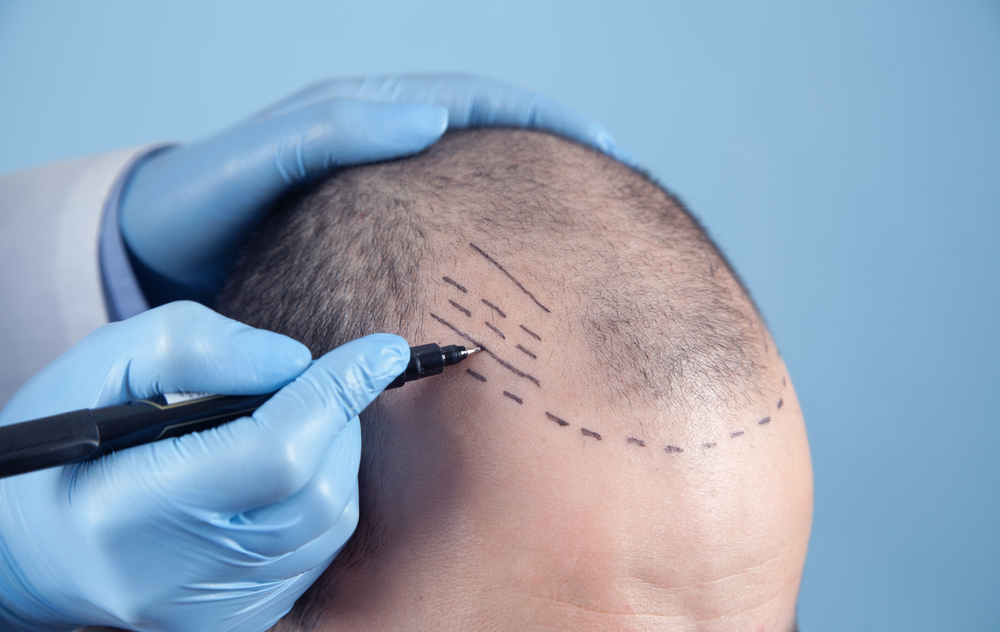
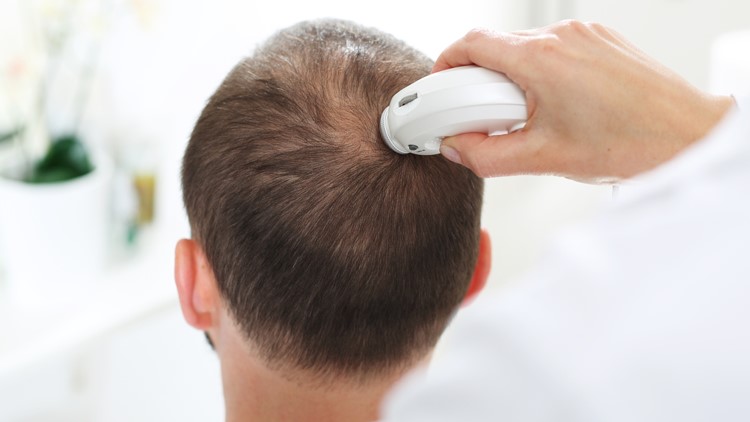


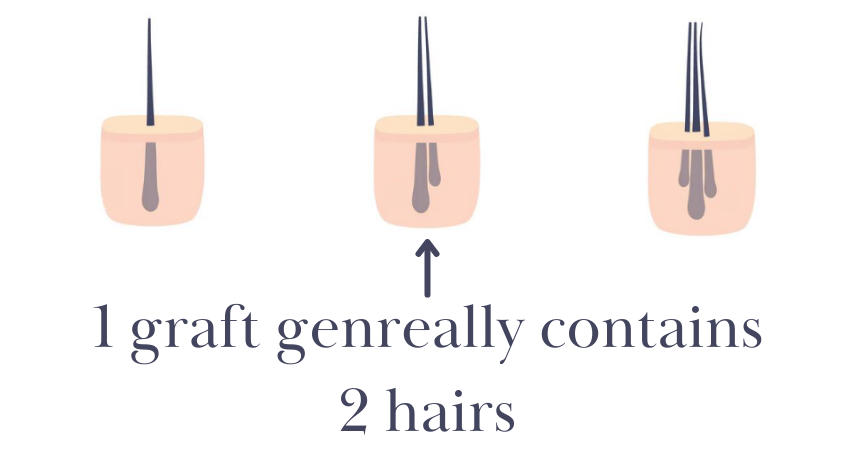

Yorumlar (0)
Yazıya ilk yorumu siz yazarak düşüncelerinizi diğer kullanıcılarla paylaşabilirsiniz.